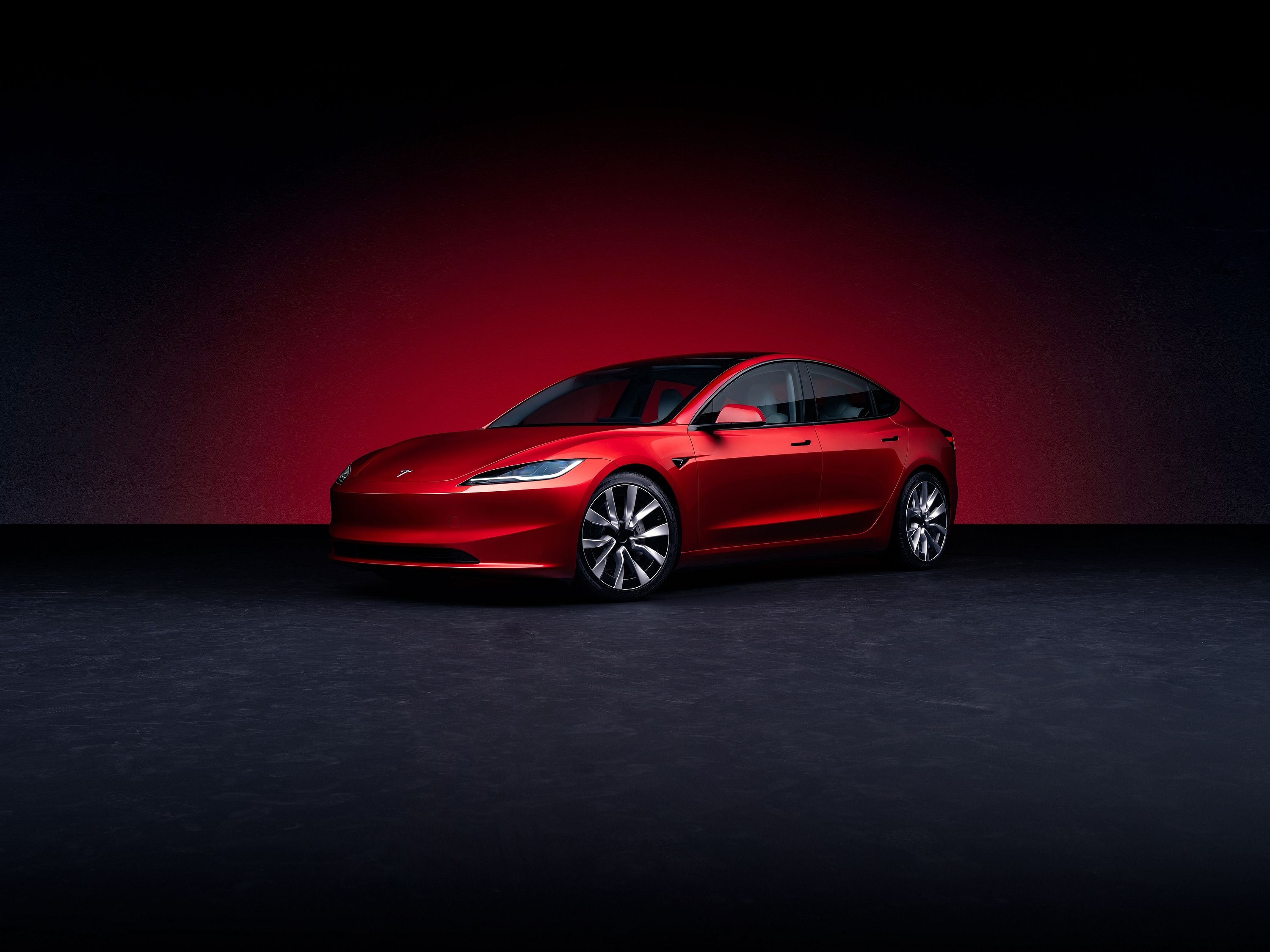
As the world slowly suffocates, humans are scrambling to find solutions to reduce global heating, and according to the motoring industry, one way of doing this is to build electric cars. Most major manufacturers are now moving away from gas engines altogether, and some states in the US will start banning gas-powered vehicles in the near future, leaving the market wide open for EVs. But some are questioning whether or not EVs are actually better for the environment. Reuters recently conducted a major study to analyze when exactly electric vehicles become cleaner than gasoline-powered cars, and the answer might surprise you.
The study reveals that you shouldn't get too excited about driving your eco-friendly Tesla Model 3 off the showroom floor just yet. Owners of EVs will have to drive over 13,500 miles before they start causing less harm to the environment. Reuters used a model developed by Argonne National Laboratory in Chicago which takes thousands of parameters into consideration, including the materials used in the construction of batteries, to the amount of plastic used in constructing the car. This same model is being used, in combination with other models, to shape EPA policies in the US.
According to Jarod Cory Kelly, principal energy systems analyst at Argonne, the construction of EV cars generates more carbon than the equivalent gas-powered car due to the mining and processing of minerals used in EV batteries.
That carbon gap varies widely and depends on the size of the battery, the fuel economy of the gas car, and where the EV car gets its power to charge. The Argonne model used a Tesla Model 3 driving in the US as a recent example. The variables involved in determining an estimate included the size of the battery (54 kWh), the charging source (23% from coal-fired plants), and the materials used in the cathode (nickel, aluminum, and cobalt). The Tesla was pitted against a regular Toyota Corolla weighing 2,955 pounds with a fuel economy figure of 33 mpg. Both cars were set a lifetime mileage figure of 173,151 miles, with the break-even point being reached after the EV had traveled 13,500 miles.
If the same test was conducted in Norway, the break-even point would be reached after 8,400 miles, but in coal-reliant countries such as China, that figure balloons to 78,700 miles. The study also showed that producing a mid-sized EV saloon costs 47 grams of carbon dioxide (CO2) per mile, while a similar gasoline vehicle only costs 32 grams per mile. The American Petroleum Institute says on its website that "Multiple studies show that, on a life-cycle basis, different automobile powertrains result in similar greenhouse gas emissions."
Even if EVs can lower emissions over a longer period (experts say after 12 years) the cost of putting out EV electric fires could negate the benefit of owning one altogether. Either way, we're in too deep now.
